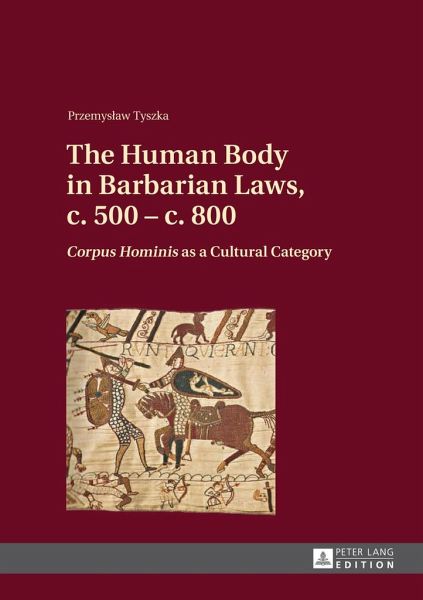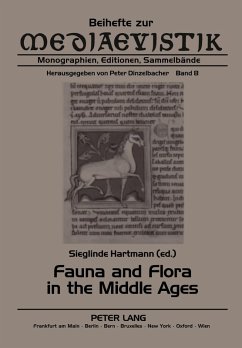
The Human Body in Barbarian Laws, c. 500 - c. 800
"Corpus Hominis" as a Cultural Category
Versandkostenfrei!
Versandfertig in 6-10 Tagen
64,80 €
inkl. MwSt.

PAYBACK Punkte
0 °P sammeln!
This book deals with the body and the corporality depicted in the early medieval legal codes of Germanic peoples (leges barbarorum), the spatial and temporal frames of this study being Western Europe from c. 500 to c. 800 AD. How was the notion of «body» understood in barbarian law-codes? What parts of the body were the objects of different kinds of crimes against the integrality and inviolability of the human body? What were the amounts of compensation for different kinds of violent acts? The values of compensation were differentiated not only as a result of the type of crime and body part ...
This book deals with the body and the corporality depicted in the early medieval legal codes of Germanic peoples (leges barbarorum), the spatial and temporal frames of this study being Western Europe from c. 500 to c. 800 AD. How was the notion of «body» understood in barbarian law-codes? What parts of the body were the objects of different kinds of crimes against the integrality and inviolability of the human body? What were the amounts of compensation for different kinds of violent acts? The values of compensation were differentiated not only as a result of the type of crime and body part but also on the basis of the victim's legal and social position. This book therefore investigates these differentiations within the individual codes, the reasons behind them and their functions as well as their dimensions.














